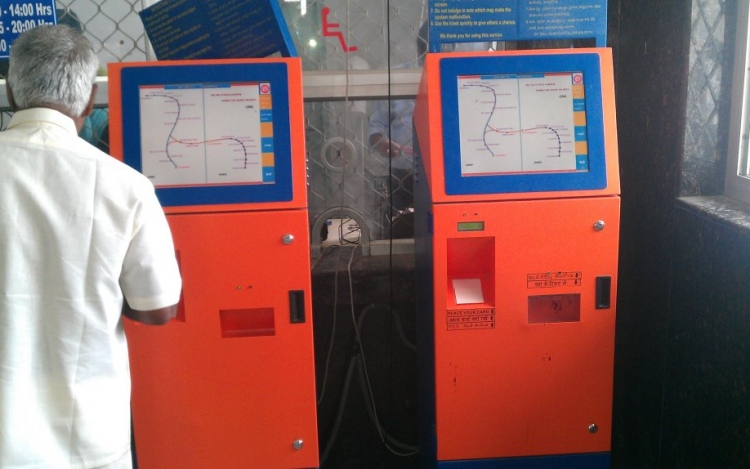Indian Railways has always strived to innovate and come up with new policies to change the face of railway transport in India. Urban rail transit management in India is another spectrum of wonder. There has been massive development to change local transport in cities such as Mumbai and Delhi. From roping in new technology to make procuring tickets cheaper, to changing train structures to make transport more comfortable, they have done it all. The ticket queues that used to be as long as the train itself have shortened considerably in the past few years due to the introduction of ATVM cards for public transport in metropolitan cities like Mumbai. These ATVM cards can be easily bought at the counters which facilitate train ticket enquiry.
The working of the ATVM system-
- To save a commuter’s time and money, ATVM machines have been set up in all local stations. These machines were functional since 2010 and expanded from Western Railway to Central Railway routes.
- It gradually turned into an easy alternative for 10 million daily commuters who stood in queues for hours to receive their tickets. The orange machine has been a big relief to these commuters.
- The tickets printed are the same as regular tickets. The restriction of time, and journey details remain the same.
- The machine uses a smart card that is inserted on the scanner attached to it. The scanner scans the smart card for the details of the commuter. There are various options that are available on the fully functional touch screen such as the type of ticket, the route, saved history, and balance enquiry.
- The cards can be recharged by paying the equivalent amount at the ticket window. The cards have a minimal initial cost of Rs. 100 from which Rs. 52 is usable. The next recharge has no deductions. Higher amounts of recharge illicit a bonus, which benefits the commuter.
- The user can click on the route they wish to travel from and select the desired station on the screen. There are options for return tickets to save time. After selecting the destination station, the ticket gets printed and the ticket fare is deducted from the user’s balance.
The successes and difficulties during implementation-
- The IT used for the implementation of these systems has revolutionised the management strategies of IR.
- Approximately 1 million daily train commuters buy tickets, and up to 15% of these commuters use the ATVM machines.
- There were a few discrepancies faced by consumers in the commencement stage, where some were not tech savvy enough to operate the touch screen. The user interface was in dire need of improvement. Now there are some people stationed at those machines to help consumers get their tickets without much hassle. There are websites which have Smart Card demos to help customers comprehend the new technology.
- The number of machines for both Western and Central routes is 250 in 2010, which shot up to more than 940 in 2013.
New ideas for making regular train travel consumer friendly and safe have encouraged massive developments in IR, including ATVM technology. Automation and feasible technology are the future of IR.




